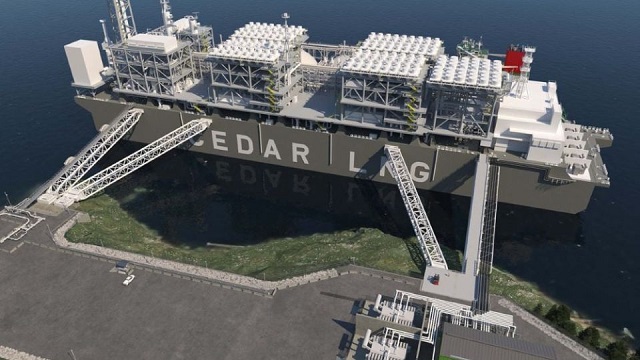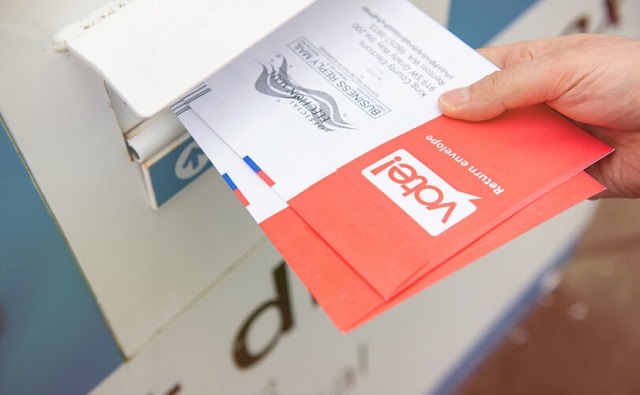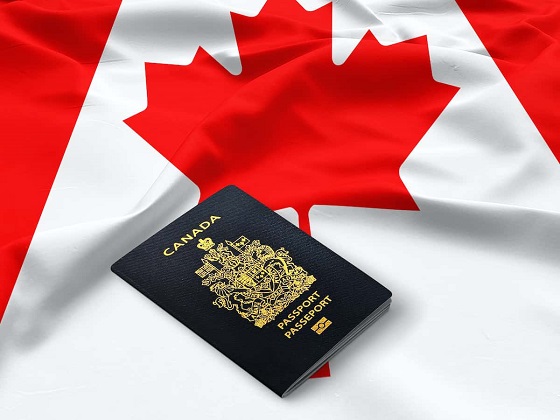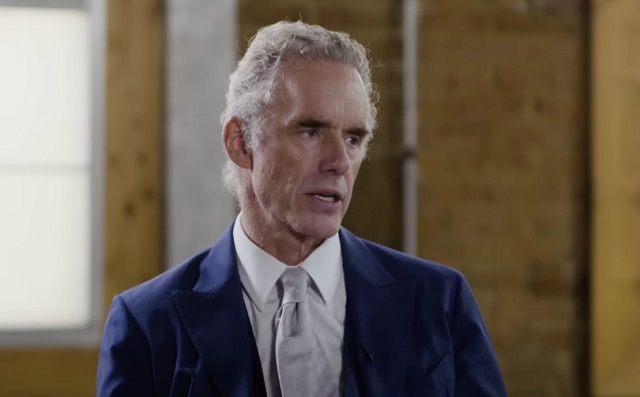Canadian Energy Centre
Opportunity knocks for Canada to become key LNG supplier as U.S. pauses projects

Rendering courtesy Cedar LNG
From the Canadian Energy Centre
By Cody Ciona
“Everyone wins if Canada can get into the game.”
Canada’s emerging liquefied natural gas (LNG) industry has an opportunity to become a key supplier for energy-hungry countries in Asia and beyond following the U.S. pause on new or pending LNG export approvals, industry watchers say.
With much of the world looking for alternatives to Russian natural gas following its invasion of Ukraine in 2022, the U.S. emerged as the number one global exporter of LNG. According to the International Energy Agency, the U.S. accounted for 80 per cent of additional supply in 2023.
But with the U.S. putting its LNG industry on pause, the timing could be good for Canada.
The recent completion of the Coastal Gaslink pipeline along with progress on Canada’s first LNG export projects are bringing Canada closer to becoming a key global supplier.
An opportunity to showcase clean LNG
As the LNG Canada terminal moves into its final stages of construction, Kitimat, B.C. will become the gateway for exports from Canada.
For First Nations LNG Alliance CEO Karen Ogen, this means Canada, which has so far missed the global LNG boom, will have another chance at becoming a player.
“I think this is an opportunity for us to showcase our clean LNG and I think we can do it through the various projects [underway].” Ogen said.
Those projects, which include LNG Canada and Woodfibre LNG that are under construction, along with the proposed Cedar LNG and Ksi Lisims LNG terminals, will operate with an emissions intensity less than half that of the global average.
Cedar LNG, headed by the Haisla First Nation, will operate at less than one-third of the global average.
Ogen said these projects will create significant prosperity, not just for Canada and B.C. but for Indigenous peoples as well.
“It’ll help boost our Canadian economy, it’ll help B.C.’s economy, and most specifically it will help the Indigenous people and our economy. If we’re the most disadvantaged population living in poverty, then this should help our people get out of poverty.” she said.
“Everyone wins if Canada can get into the game.”
Reduced LNG supply could increase reliance on coal
Racim Gribaa, founder and president of Global LNG Consulting Inc., said a potential decrease in LNG exports to international markets, particularly in Asia, may heighten dependence on coal, thereby escalating global emissions.
“If [importers] can’t get U.S. LNG, they would be left with very few viable alternatives including coal. And if they burn coal, that’s twice as much emissions. Coal is cheaper and reliable, but emits twice as much carbon. Countries in Asia such as China, with over 1,140 operational coal plants, are building new coal plants every week both in Asia and abroad,” Gribaa said.
Canada has a significant geographical advantage to supply LNG to Asia that can reduce associated transportation emissions by up to 60 per cent, he said.
Export terminals in B.C. are about half the distance to Asia compared to terminals on the U.S. Gulf Coast.
“The distance between Canada and the key market is a huge advantage, where we are the same distance to Asia as Australia,” Gribaa said.
“Monetizing natural gas in Canada through LNG exports not only will help reduce global emissions but it also will enhance health and economic well being of Canadians future generations.”
Establishing Canada’s LNG credibility
The starting point will be LNG Canada in 2025, which will allow Canada to export LNG on international scale, Gribaa said. It will help establish Canada’s credibility as a supplier, just as the U.S. pauses new development.
Once that credibility is established, Canadian LNG could become a bigger player on the global scale.
“Canada’s abundant natural gas reserves empower the nation to produce and export decades of dependable, cost-effective, and environmentally-friendly LNG to global markets, leveraging direct marine routes unaffected by constraints like the Panama or Suez Canals, the Strait of Hormuz, or having to navigate around the Cape of Good Hope,” Gribaa said.
“Canada stands poised to secure market share for years to come, irrespective of whether the U.S. temporarily halts or reconsiders its involvement.”
Alberta
Canada’s advantage as the world’s demand for plastic continues to grow

From the Canadian Energy Centre
By Will Gibson
‘The demand for plastics reflects how essential they are in our lives’
From the clothes on your back to the containers for household products to the pipes and insulation in your home, plastics are interwoven into the fabric of day-to-day life for most Canadians.
And that reliance is projected to grow both in Canada and around the world in the next three decades
The Global Plastics Outlook, published by the Paris-based Organization for Economic Co-operation and Development (OECD), forecasts the use of plastics globally will nearly triple by 2060, driven by economic and population growth.
The use of plastics is projected to double in OECD countries like Canada, the United States and European nations, but the largest increases will take place in Asia and Africa.
“The demand for plastics reflects how essential they are in our lives, whether it is packaging, textiles, building materials or medical equipment,” says Christa Seaman, vice-president, plastics with the Chemical Industry Association of Canada (CIAC), which represents Canada’s plastics producers.
She says as countries look to meet climate and sustainability goals, demand for plastic will grow.
“Plastics in the market today demonstrate their value to our society. Plastics are used to make critical components for solar panels and wind turbines. But they also can play a role in reducing weight in transportation or in ensuring goods that are transported have less weight in their packaging or in their products.”
Canada produces about $35 billion worth of plastic resin and plastic products per year, or over five per cent of Canadian manufacturing sales, according to a 2019 report published by the federal government.
Seaman says Canadian plastic producers have competitive advantages that position them to grow as demand rises at home and abroad. In Alberta, a key opportunity is the abundant supply of natural gas used to make plastic resin.
“As industry and consumer expectations shift for production to reduce emissions, Canada, and particularly Alberta, are extremely well placed to meet increased demand thanks to its supply of low-carbon feedstock. Going forward, production with less emissions is going to be important for companies,” Seaman says.
“You can see that with Dow Chemical’s decision to spend $8.8 billion on a net zero facility in Alberta.”
While modern life would not be possible without plastics, the CIAC says there needs to be better post-use management of plastic products including advanced recycling, or a so-called “circular economy” where plastics are seen as a resource or feedstock for new products, not a waste.
Some companies have already started making significant investments to generate recyclable plastics.
For example, Inter Pipeline Ltd.’s $4.3 billion Heartland Petrochemical Complex near Edmonton started operating in 2023. It produces a recyclable plastic called polypropylene from propane, with 65 per cent lower emissions than the global average thanks to the facility’s integrated design.
Achieving a circular economy – where 90 per cent of post-consumer plastic waste is diverted or recycled – would benefit Canada’s economy, according to the CIAC.
A Deloitte study, commissioned by Environment & Climate Change Canada, estimated diverting or reusing 90 per cent of post-consumer plastic waste by 2030 will save $500 million annually while creating 42,000 direct and indirect jobs. It would also cut Canada’s annual CO2 emissions by 1.8 megatonnes.
Right now, about 85 per cent of plastics end up in Canada’s landfills. To reach the 90 per cent diversion rate, Seaman says Canada must improve its infrastructure to collect and process the plastic waste currently being landfilled.
But she also says the industry rather than municipalities need to take responsibility for recycling plastic waste.
“This concept is referred to as extended producer responsibility. Municipalities have the responsibility for managing recycling within a waste management system. Given the competing costs and priorities, they don’t have the incentive to invest into recycling infrastructure when landfill space was the most cost-effective solution for them,” she says.
“Putting that responsibility on the producers who put the products on the market makes the most sense…The industry is adapting, and we hope government policy will recognize this opportunity for Canada to meet our climate goals while growing our economy.”
Business
Decarbonization deal opens new chapter in Alberta-Japan relationship

From the Canadian Energy Centre
By Will Gibson
Agreement represents a homecoming for JAPEX, which first started work in the Alberta oil sands in 1978
A new agreement that will see Japan Petroleum Exploration Company (JAPEX) invest in decarbonization opportunities in Alberta made history while also being rooted in the past, in the eyes of Gary Mar.
JAPEX is seeking to develop projects in carbon capture and storage (CCS), hydrogen and bioenergy. It’s part of the company’s JAPEX2050 strategy toward carbon neutrality.
“This new endeavour is a great opportunity that demonstrates the world is changing but the relationships endure,” says Mar, the province’s former trade envoy to Asia and the current CEO of the Canada West Foundation.
“Alberta’s very first international office was opened in Tokyo in 1981. And we have built a tremendous soft infrastructure that includes partnerships between a dozen Alberta and Japanese universities.”
For JAPEX, the agreement represents something of a homecoming for the company that first started work in the Alberta oil sands in 1978 and operated one of the first in situ (or drilled) oil projects for nearly two decades before selling its stake in 2018.
“We are now aiming to come back to Alberta and contribute to its decarbonization,” JAPEX president of overseas business Tomomi Yamada said in a statement.
Mar says the memorandum of understanding signed this March between JAPEX and the crown corporation Invest Alberta stems from a strong relationship built over decades.
“You can’t be considered a reliable partner for a new venture if you haven’t been a reliable partner for decades in the past,” says Mar.
“Economies change and world’s needs change but strong relationships are important factor in whom you do business with.”
Alberta’s established CCS infrastructure has already attracted new investment, including Air Products’ $1.6-billion net zero hydrogen complex and Dow Chemicals’ $8.8-billion net zero petrochemical complex.
Mar sees JAPEX’s deal with Invest Alberta opening a whole new market of potential carbon neutral investors in the Pacific Rim.
“When other countries who are partners in the Trans-Pacific Partnership (TPP) see JAPEX invest in this decarbonization opportunities and net zero projects in Alberta, it will send a very clear signal to others in the TPP about the potential,” Mar says.
“This deal may come from the decades-long relationship between Alberta and Japan but can also serve as a signpost for decades to come.”
-

 Automotive1 day ago
Automotive1 day agoThe EV ‘Bloodbath’ Arrives Early
-

 CBDC Central Bank Digital Currency16 hours ago
CBDC Central Bank Digital Currency16 hours agoA Fed-Controlled Digital Dollar Could Mean The End Of Freedom
-

 Business1 day ago
Business1 day agoHonda deal latest episode of corporate welfare in Ontario
-

 espionage1 day ago
espionage1 day agoOne in five mail-in voters admitted to committing voter fraud during 2020 election: Rasmussen poll
-

 Brownstone Institute14 hours ago
Brownstone Institute14 hours agoThe Numbers Favour Our Side
-

 Frontier Centre for Public Policy11 hours ago
Frontier Centre for Public Policy11 hours agoHow much do today’s immigrants help Canada?






